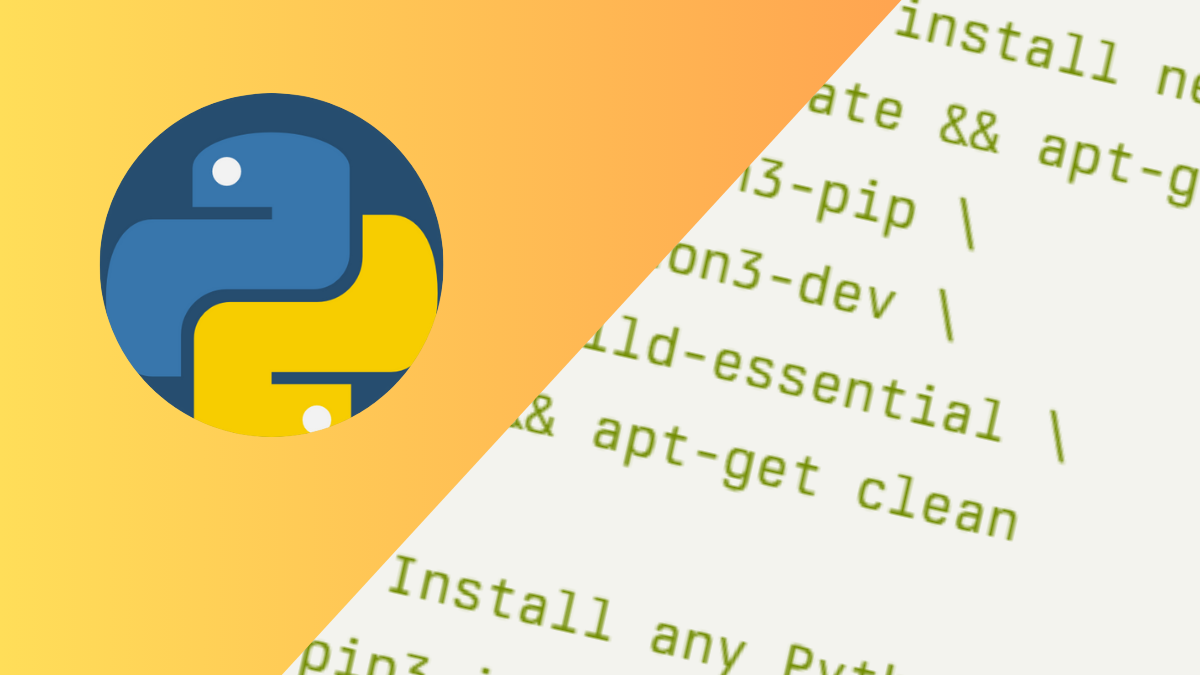Are you looking to install python singularity container sandbox? Whether you’re a data scientist, researcher, or developer, using containers can significantly streamline your workflow. Singularity is an open-source container platform designed specifically for high-performance computing environments. With it, you can create isolated spaces that ensure your applications run consistently across different environments.
Imagine being able to package all your dependencies along with your code and share them seamlessly. That’s the power of a Singularity container! In this guide, we’ll walk you through the steps needed to set up your own Python environment within a Singularity sandbox. It’s easier than you might think and will enhance how you manage projects moving forward. Let’s dive in and get started on this exciting journey into the world of containers!
Step 1: Downloading and Installing Singularity
To begin your journey into the world of Python Singularity container sandboxes, you first need to download and install Singularity. This powerful tool allows for flexible packaging and deployment of applications.
Visit the official Singularity GitHub repository. Here, you’ll find the latest releases available for various operating systems. Make sure to select a version that matches your system’s specifications.
Once downloaded, follow the installation instructions provided in the documentation carefully. For Linux users, this usually involves extracting files and running specific commands in your terminal.
Don’t forget to check if you have all necessary dependencies installed beforehand. Missing libraries can lead to complications during installation.
After successful installation, verify it by typing `singularity –version` in your command line interface. You should see confirmation of its presence on your system—a crucial step before diving deeper into building containers!
Step 2: Setting up the Container Environment
Setting up the container environment is crucial for a smooth experience with your Python Singularity container sandbox. Start by creating a dedicated directory to store all related files. This keeps everything organized and easy to manage.
Next, configure any necessary dependencies. Depending on your project, you may need specific libraries or tools installed on your host system. Ensure these are in place before diving deeper.
Now it’s time to create configuration files that define how your environment should behave. You can customize settings such as resource limits and network configurations tailored to your needs.
Afterward, use the `Singularity` command-line interface to ensure everything is set correctly. A quick command check can save future headaches by confirming required components are present and functioning properly.
This step lays the groundwork for building an efficient and productive development environment within your Python Singularity container sandbox.
Step 3: Building the Python Container Image
Building the Python container image is a crucial step. It allows you to create an environment tailored for your specific needs.
Start by creating a definition file, typically called `Singularity.def`. This file outlines the base operating system and any additional packages or dependencies required for your Python application.
Inside this definition file, specify the base OS using a directive like “Bootstrap: docker” with the appropriate Docker image reference. Next, use commands such as “%post” to install necessary libraries and tools.
After setting up your definitions, it’s time to build the image. Use Singularity’s build command in your terminal: `singularity build my-python-image.sif Singularity.def`.
Once completed, you’ll have a `.sif` (Singularity Image Format) file ready for deployment. This encapsulates everything you’ve defined within that environment—your code will run seamlessly wherever you execute it next.
Step 4: Running the install python singularity container sandbox
Now that your Python Singularity container sandbox is built, it’s time to bring it to life. Start by navigating to the directory where your container image resides.
Use the command line for execution. Simply type in `singularity shell .sif`. This grants you access to an interactive shell within your container. You’ll notice a different prompt indicating you’re now operating inside this isolated environment.
From here, you can run any Python scripts or commands as needed. Want to check if everything works smoothly? Just execute `python –version` and verify that it’s the version you installed.
Remember, any changes made in this session stay within the sandboxed environment, ensuring your host system remains untouched. If you need specific libraries or modules, feel free to install them—just know they will only exist during this session unless committed back into the image later on!
Tips for Using the Singularity Container Sandbox Effectively
To get the most out of your Singularity Container Sandbox, start by organizing your project files. Keep data and dependencies in clearly labeled directories. This helps streamline your workflow.
Utilize version control for your container images. Tracking changes can prevent confusion and allow you to revert to previous versions if needed.
Monitor resource usage while running containers. Tools like `htop` or `top` can help identify any bottlenecks in performance, meaning you can optimize as necessary.
Familiarize yourself with Singularity’s built-in commands for managing containers efficiently. Knowing how to list, pull, and execute images will save time during critical tasks.
Engage with community forums or documentation for tips from experienced users. Sharing knowledge often reveals tricks that are not documented elsewhere and enhances overall efficiency.
Conclusion
Creating a install python singularity container sandbox is a powerful way to streamline your development and deployment processes. By following the steps outlined above, you can easily set up an isolated environment tailored specifically for your Python projects.
From downloading and installing Singularity to building your container image, each step builds on the last, ensuring that you have a solid foundation for running applications without conflicts. Remember to take advantage of best practices when using the sandbox, such as keeping images updated and documenting configurations.
With this guide at your fingertips, you’re well-equipped to explore all that Python Singularity containers have to offer. Embrace the flexibility and efficiency they provide in managing your coding environments effectively. Happy coding!

Leave a Reply